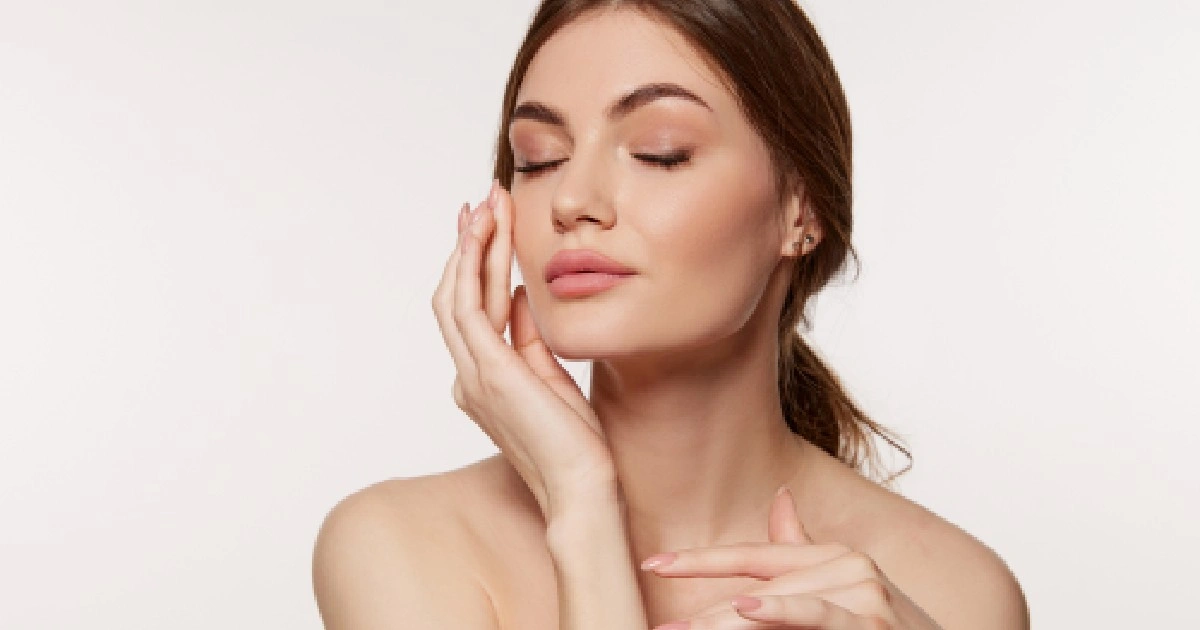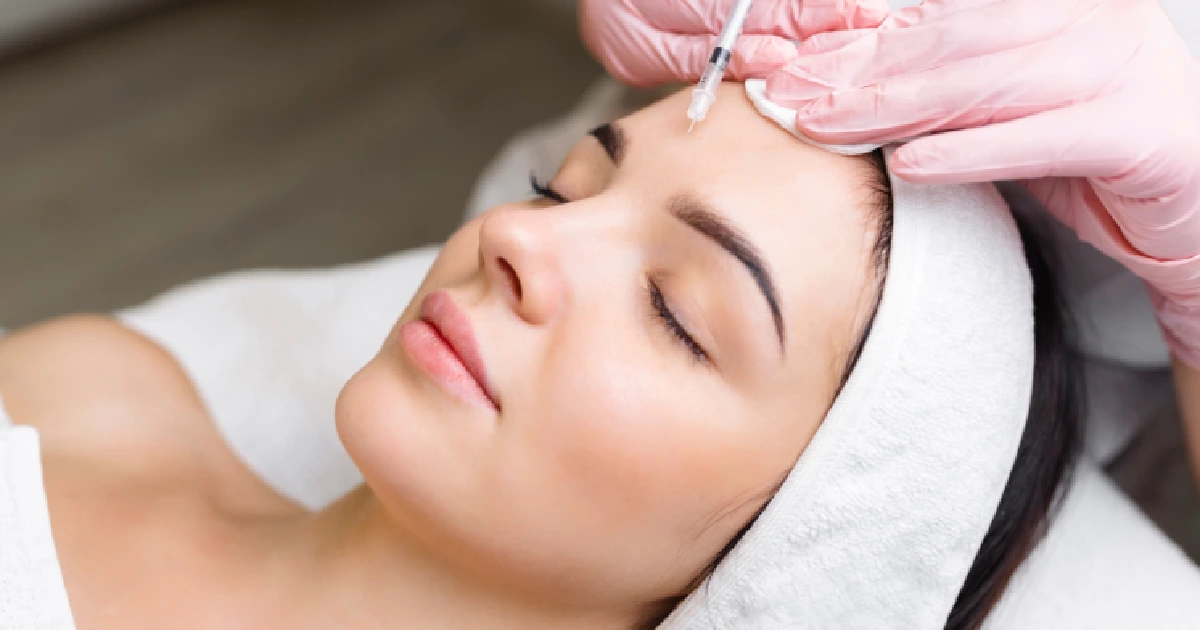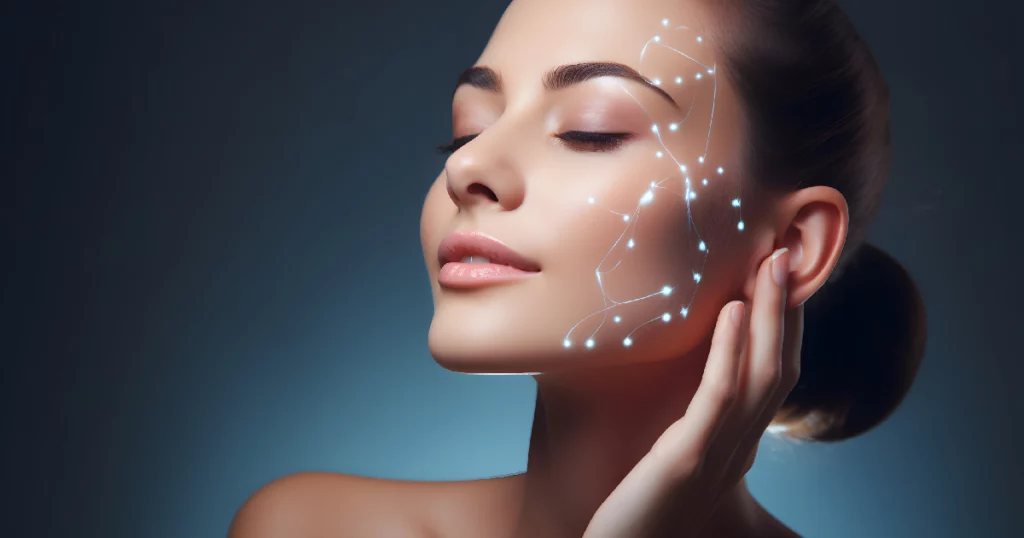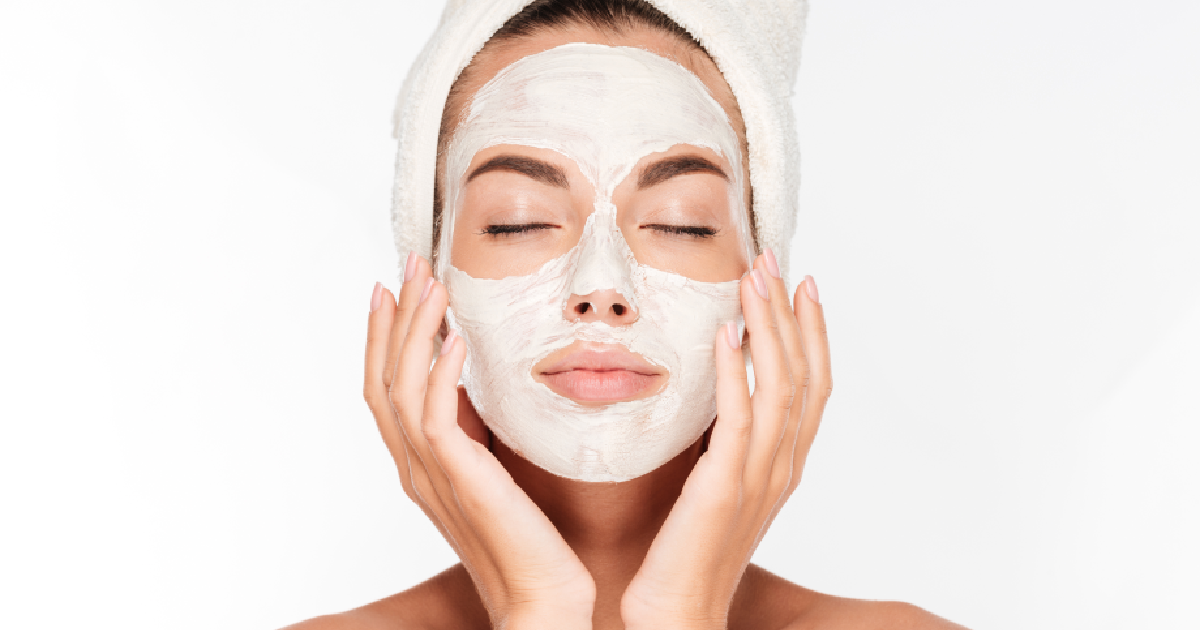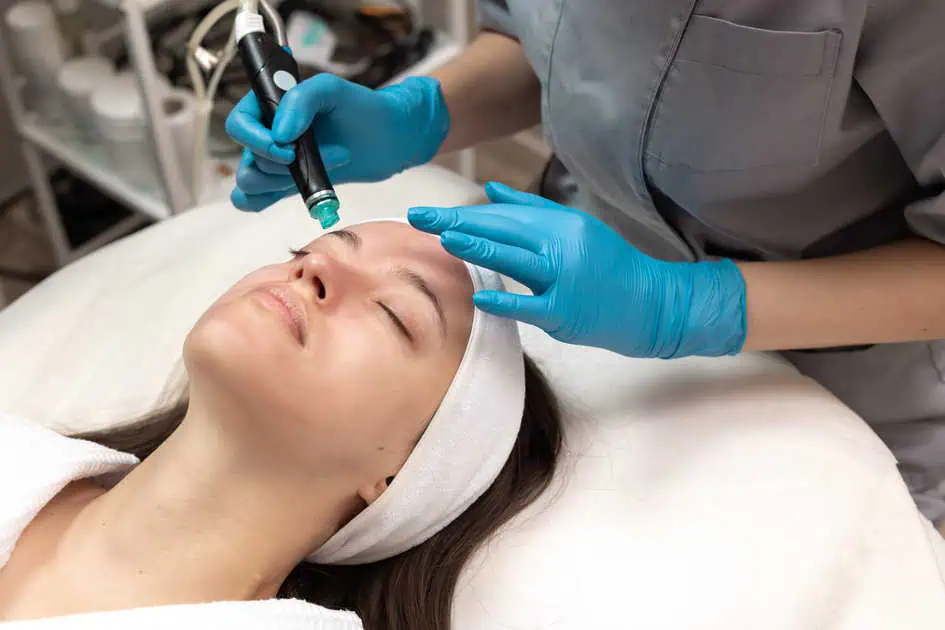When it comes to non-surgical cosmetic treatments, two popular options that often come up in discussions are Botox and dermal fillers. Botox and dermal fillers are both non-invasive injectable treatments that are used to treat various indicators of aging and improve the facial look. While they are often mentioned together, it is important to understand that Botox and dermal fillers are distinct treatments with different purposes and mechanisms of action.
What is Botox?
Botulinum Toxin, short for Botox, is a neurotoxin that works by temporarily relaxing specific muscles in the face. It is generally used to minimize the appearance of wrinkles and fine lines generated by recurrent muscle movements, such as frown lines, crow’s feet, and forehead wrinkles.
Botox injections are delivered directly into the targeted muscles, inhibiting nerve-muscle communication and significantly reducing muscle activity. This leads to smoother, more youthful-looking skin.
The Benefits of Botox
Botox has several benefits that have contributed to its widespread popularity. Firstly, it is a fast and minimally invasive procedure that may be done in a clinic setting without the use of anesthesia. The injections are typically well-tolerated and involve minimal discomfort.
In addition, Botox results are often visible within a few days to a week, and the effects can last for several months, depending on the individual and the treated area. Botox is also a versatile treatment that can be utilized for both cosmetic and medicinal goals, such as hyperhidrosis and chronic headaches.
What Are Dermal Fillers?
Dermal fillers are injectable substances that restore volume, smooth out wrinkles, and enhance facial contours. Dermal fillers can add volume to the different face areas that have lost volume or have deep lines and wrinkles.
In fact, dermal fillers are generally developed from hyaluronic acid, which is a naturally occurring body component that adds hydration and volume to the skin. When injected, dermal fillers replenish lost volume, resulting in a more youthful and rejuvenated appearance.
The Benefits of Dermal Fillers
Dermal fillers offer several benefits that make them popular for individuals seeking facial rejuvenation. One of the key advantages is their ability to address volume loss in various areas of the face, including the cheeks, lips, and nasolabial folds. In addition, dermal fillers can be applied to improve the appearance of scars and contour irregularities.
Results from dermal filler treatments are often immediate, providing instant gratification for patients. Depending on the type of filler used and individual circumstances, the effects can last anywhere from six months to two years.
Key Differences between Botox and Dermal Fillers
Botox and dermal fillers are both popular cosmetic treatments used to minimize aging signs, but they differ in their mechanisms of action, target areas, and results. Here are the key differences between Botox and dermal fillers:
- Mechanism of Action: Botox temporarily paralyzes the muscles that cause wrinkles. It blocks the nerve signals that trigger muscle contractions, resulting in a reduction of fine lines and wrinkles. Dermal fillers, on the other hand, are gel-like substances injected into the skin to restore volume and fill in wrinkles and deep lines. They work by adding volume to the targeted area, plumping it up, and smoothing the skin.
- Targeted Areas: Botox is commonly used to treat dynamic wrinkles, which are formed by repetitive muscle movements. It is most effective in areas such as the forehead, frown lines between the eyebrows, and crow’s feet around the eyes. Dermal fillers, on the other hand, are used to address static wrinkles that are present even at rest. They are often used to add volume to areas that have lost fullness, such as the cheeks, lips, and nasolabial folds.
- Results: Botox temporarily reduces muscle activity, leading to smoother skin and diminished wrinkles. The effects typically last for three to six months, after which the treatment can be repeated. Dermal fillers provide immediate results by adding volume to the treated areas. The duration of the results depends on the type of filler used, ranging from several months to a couple of years.
- Types of Wrinkles: Botox is more suitable for treating wrinkles that are caused by muscle contractions, such as those formed by squinting or frowning. It is effective in smoothing out dynamic wrinkles, such as forehead lines and crow’s feet. Dermal fillers are better suited for addressing static wrinkles that are present even at rest, such as deep nasolabial folds or marionette lines.
- Treatment Approach: Botox is administered through injections directly into the muscles responsible for the wrinkles, and the number of injections depends on the targeted areas and the desired results. Dermal fillers are injected beneath the skin in order to restore volume and fill in creases and wrinkles, are also used. The specific technique and amount of filler used depend on the treated area and the desired outcome.
- Additional Benefits: Botox is not only used for cosmetic purposes but also has medical applications. It can be used to treat medical conditions such as excessive sweating (hyperhidrosis), chronic migraines, and muscle spasms. Dermal fillers primarily focus on enhancing facial features, but they can also be used to improve the appearance of scars, reshape the nose (non-surgically), and rejuvenate the hands.
Nevertheless, consulting a qualified healthcare professional is important to determine which treatment option suits specific concerns and desired outcomes. To achieve complete face rejuvenation, a combination of Botox and dermal fillers may be recommended in some cases. The healthcare professional will assess individual needs and provide personalized recommendations to help achieve the best results.
Considering Your Options
When determining which option is better, Botox or dermal fillers, it ultimately depends on your specific concerns and treatment goals. Botox is ideal for addressing dynamic wrinkles caused by muscle movement, while dermal fillers restore volume and fill deeper lines and wrinkles. Some individuals may benefit from combining both treatments to achieve comprehensive facial rejuvenation.
As indicated, consulting with a qualified healthcare professional experienced in aesthetic treatments is essential. They will assess your individual needs, evaluate your facial structure, and provide expert guidance on the most suitable treatment option or combination of treatments to help you achieve your aesthetic goals.
Since everyone is unique, what works for one person may not work for another, and a personalized approach is key to ensuring optimal results. Take the time to discuss your concerns, ask questions, and understand the potential benefits and risks associated with each treatment option. With the guidance of a skilled professional, informed decisions can be made before embarking on your journey toward a more rejuvenated and youthful appearance.
Final Thoughts
Ultimately, the choice between Botox and dermal fillers depends on individual needs, desired goals, and the specific areas of concern being targeted for treatment. At Bradenton Aesthetics, we offer Dermal Fillers utilizing hyaluronic acid fillers like Juvederm and Restylane. With their versatility, long-lasting results, and minimal downtime, dermal fillers provide a non-surgical solution to help individuals achieve their desired aesthetic goals and boost their confidence, allowing them to embrace their natural beauty with a renewed sense of self-assurance.


